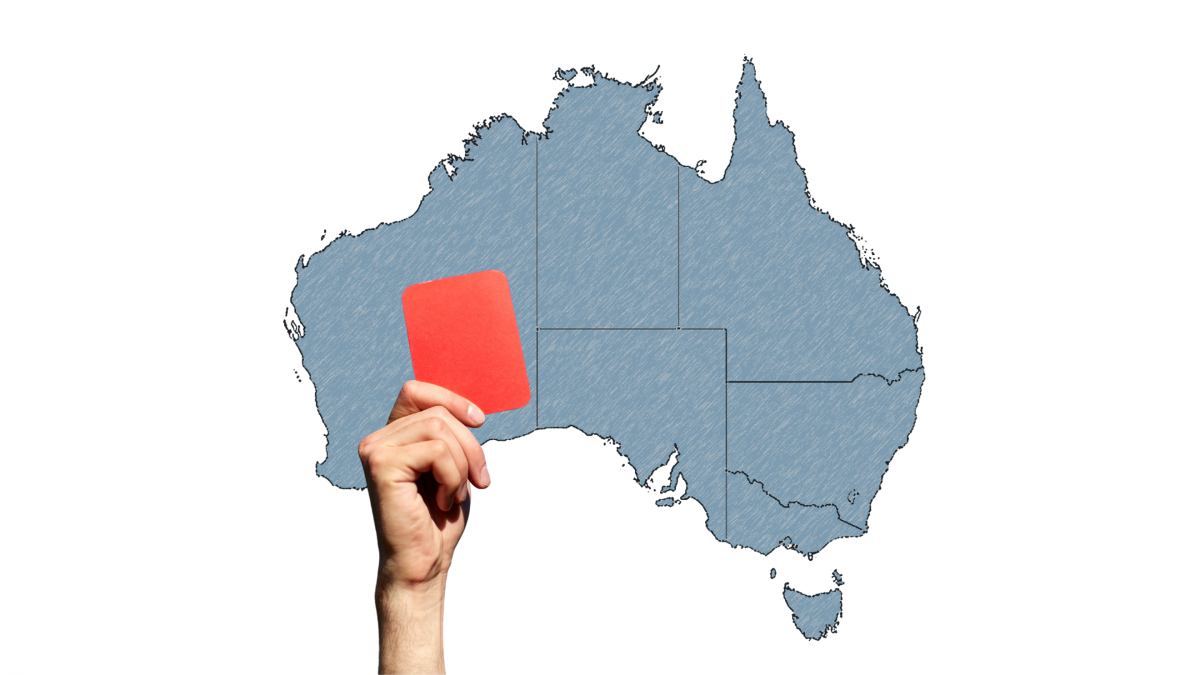"*" indicates required fields
Oho uses the information you provide us with to contact you about relevant content, products and services. You may unsubscribe at any time. For more information, see our Privacy policy.

One of the most significant advancements in the Australia’s child protection system in decades, the AG agreed in August 2025 to implement mutual recognition of negative Working With Children Check (WWCC) outcomes by the end of 2025.
This groundbreaking reform establishes a simple, but very powerful principle: a person rejected or cancelled for a WWCC in one jurisdiction will be rejected in all others.
The implications of this “red in one state, red in all” means individuals who have been deemed unsuitable to work with children in any state or territory will face consistent barriers to employment across all jurisdictions, closing a critical loophole that has persisted in our child protection systems for years.
Each state/territory register for Working with Children/Vulnerable People Checks operate independently as siloed registers.
For years, this has created inconsistent gaps and loopholes across the country. The existing fragmented approach has characterised Australia’s child protection landscape to this point, where state-based databases have allowed individuals to potentially circumvent negative outcomes by simply crossing jurisdictional boundaries.
This move made by the Standing Council of the Attorneys-General represents a fundamental shift away from the fragment approach and a step towards stronger child safeguarding.
Australia’s existing system has created challenges for consistent child protection measures. Each state and territory operates its own WWCC system, with variations in:
The new reforms specifically address negative notices, suspensions and bars, ensuring that serious concerns identified in any jurisdiction will be recognised nationally. The comprehensive approach means that temporary restrictions and ongoing investigations will also be shared across state borders, preventing individuals from exploiting gaps between jurisdictional systems.
Central to these new reforms is the establishment of sophisticated data aggregation mechanisms between government registers for the mutual recognition of clearances.
The reforms include a form of reconciling differences in management and categorisation of different statuses and events within the Working With Children Check processes to ensure that warnings from one state are appropriately interpreted and applied in others.
This standardisation process, while complex, is essential for the reforms to function effectively.
The commitment to implement these reforms by the end of 2025 reflects the urgency with which the Australian federal government views child protection.
The recent sector events demonstrate a great tragedy for Australian families, communities and children, and have brought child protection issues to the front of everyone’s minds.
This relatively tight timeline requires significant coordination between jurisdictions, systems, state governments and change management.
The reforms represent a fantastic first step in the kind of proactive, comprehensive approach needed to safeguard our vulnerable Australians. By eliminating one of the loopholes in the system and moving towards more national standards, the Attorney-General’s reforms establish a foundation for child protection that matches the current climate of education, care and community.
However, it is crucial to acknowledge the significant challenge that remains in the effective distribution of this vital information to the organisations that employ these individuals. The pathway from government databases, even if newly integrated and aggregated, to employer continues to present obstacles that these reforms do not fully address.
The critical link getting the WWCC information to the thousands of organisations who need to monitor and maintain compliance with their workforce remains fragmented.
Even with stronger data, employers may still lack the systems and processes necessary to receive, interpret, and act on updated information promptly.
This gap between government data and organisational awareness does create ongoing vulnerabilities. An individual’s status can change, but without effective notification, employers may remain unaware of these critical updates.
The Attorney-General’s reforms represent a monumental moment in Australian child protection. While celebrating this progress organisations must look to bridge the gap between government databases and workforce compliance. At Oho, we’re committed to supporting organisations in meeting this challenge through comprehensive workforce monitoring solutions that ensure critical information reaches the employers who need it most.
Read more about the reforms: https://ministers.ag.gov.au/media-centre/delivering-urgent-reform-working-children-checks-15-08-2025